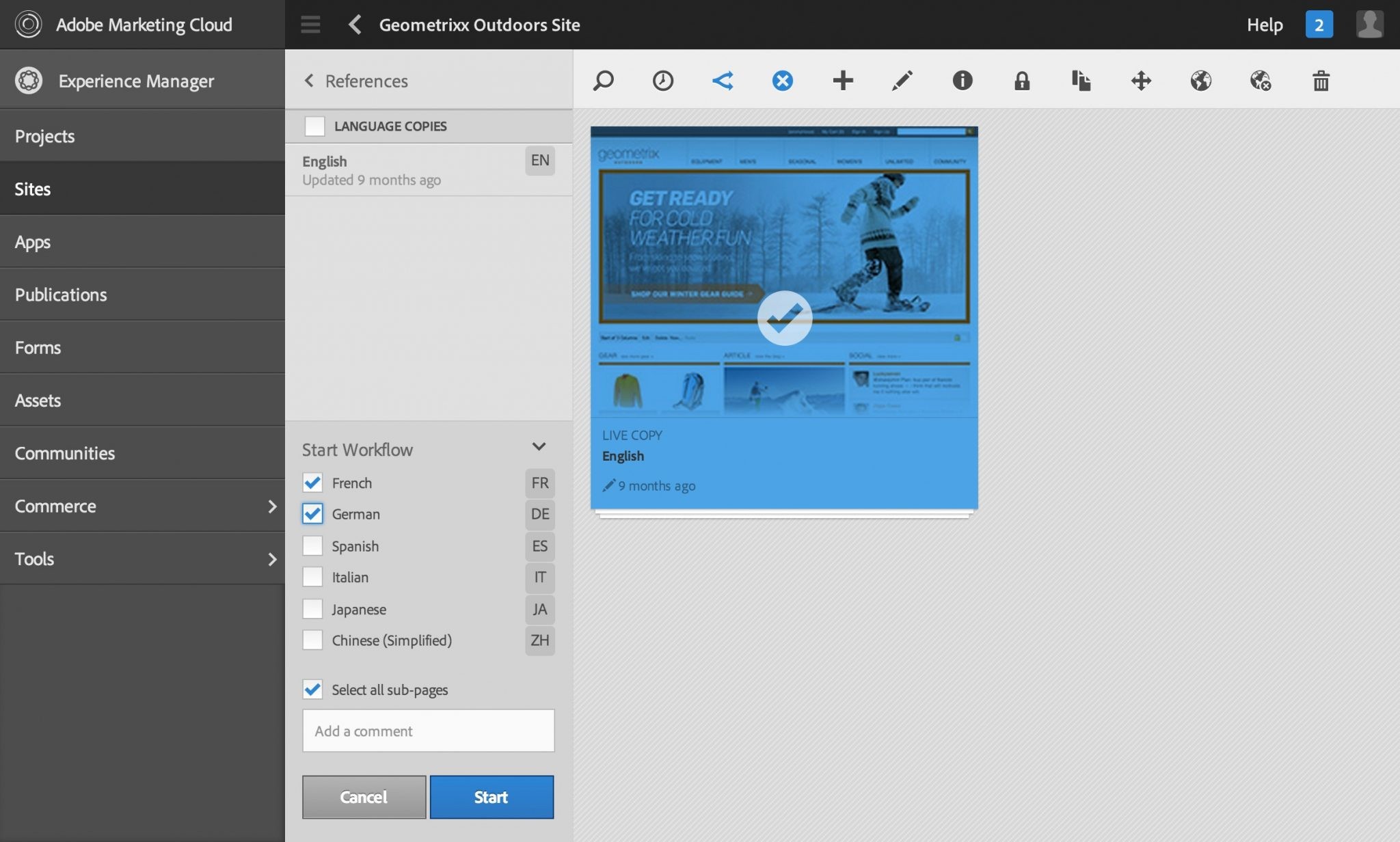Internationalisation of brands using online advertising

All companies with an internet presence should be aiming to maximise their online visibility on the national and international market. This can be done in a number of different ways, and online advertising is one of them. Let's see how it works.
How important is investing in online advertising?
According to a study carried out by the agency Dentsu Aegis, it is forecast that in 2018 companies will spend more on online advertising than on TV adverts. This is proof of the significant role of social networks, since, for the first time, digital advertising investment is set to exceed TV ad spending.
While investment in TV advertising will account for 35.9% of the total, in digital media it is expected to reach 37.6%. Within digital advertising, the more dramatic growth will be seen in:
- Online videos (increase of 32.4%): due to the upward trend in video views, creating this type of content is top of the list of marketing actions.
- Social media (up by 28.9%): social networks have become the habitual means of communication and promotion for brands through advertising.
- Programmatic buying (up by 25.4%): this type of action involves buying up ad space. These retargeting actions enable ads to reach a very segmented audience.
Campaigns designed by and for mobiles on digital media will continue to take a large volume of investment. These will represent 56% of the total digital advertising investment, ahead of computer-based ads.
Up to this point, we've looked at how online advertising is set to evolve in general terms. Now, let's see what we need to take into account when launching an ad campaign at global level.
Advertising and brand internationalisation
When taken on a global scale, advertising calls for greater analysis and a larger investment in content localisation: copy for a banner, a promoted post on social media, newsletter content, etc.
We need to analyse really carefully what products or services we want to promote and on what market. The same goes for what supports we're going to use. Depending on the country and the product or service, one support may work better than another. We also need to analyse very carefully when we plan to launch the campaign on each market.
A good example of how to adapt an advertising campaign to an international market is, of course, Coca-cola. The multinational brought together all of its brands to create a global advertising campaign, under the slogan: “Taste the Feeling”.
In its original version, the claim was "Taste the feeling" and it was adapted in English with the aim of conveying one single message on all markets: “Coca-Cola is for everyone”.
And what about you? Have you thought about internationalising your brand? Invest in advertising to reach your target audience faster but don't forget to localise your content so that you always convey the same message in all the different languages.




